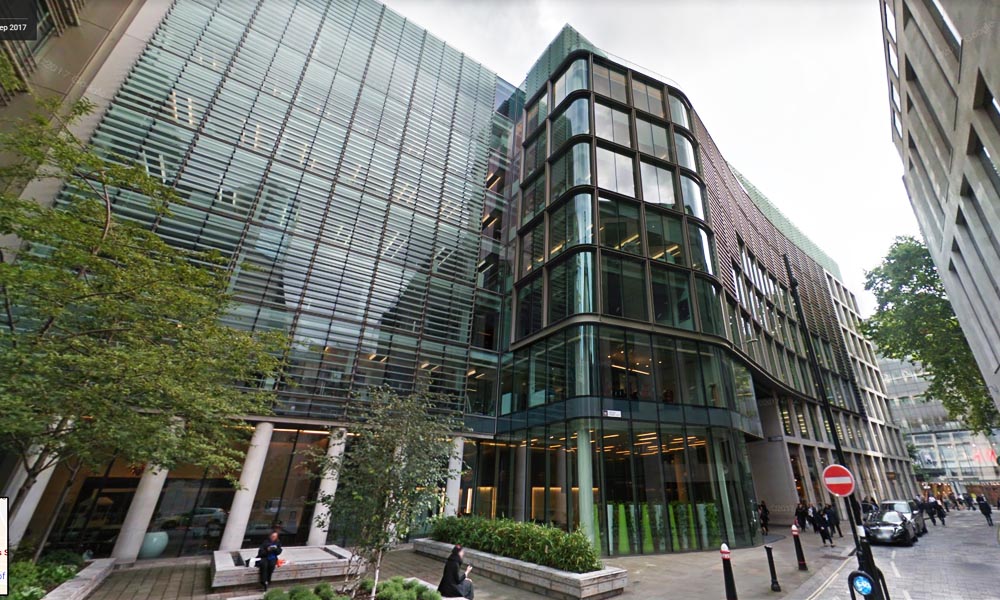
Q: What were the issues?
From the initial Desktop Energy Audit conducted by AIS BMS, it was clear that the building presented a significant opportunity to reduce energy consumption. Comparing the existing utility use to CIBSE TM46 showed an over consumption of £201k pa or 1,834,345kwh. AIS BMS were commissioned to investigate the use of the data within the BEMS to help better understand which areas of the HVAC and control systems needed the most urgent attention.
Q: What was the solution?
AIS BMS implemented our award winning Revolution In Building Performance Management model by deploying the powerful Kaizen Analytics engine supported by our own Energy and Building Performance Centre in Slough.
Our expert engineers helped the client understand the information and actions suggested by our analytics package and created a work flow from the core data right the way to the job sheet for the site based FM team.
The current service and maintenance methodology was to be challenged with the routine based system changed to a fully directed resources model using the data inside our analytics solution, Kaizen. Providing the on site support technicians with specific items to fix and potential causes to check meant that they were directed to tackle the issues that were having the greatest performance impact on the building.
“… calls to help desk reporting ‘too hot’ or ‘too cold’ are down by 40%…”
FM Contract Manager
“Our terminal unit performance KPI is up from 43% to 99%!”
FM Contract Manager
“Driving the change to a fully Directed Resources model has delivered dramatic benefits for our client”
Marc Baker- AIS BMS
This total focus on the key operational issues in the HVAC and controls systems identified energy savings of £46k in only the first few weeks of operation!
Further benefits were an impressive reduction in helpdesk calls; “too hot/too cold” calls are down by 40% and there has been a subsequent release of resource time for fabric improvements that had been left due to time pressures. This significant reduction in maintenance resources consumed by the previous high levels of reactive calls has been calculated as 20% of available time!
The building Terminal Unit KPI (units running within required tolerance in the past rolling 7 days) shows dramatic improvements. From a starting point of 43%, the building is now running at 99%. Occupants report higher satisfaction, and the engineering team report higher job satisfaction as they know they are fixing real issues.
Q: What are Directed Resources?
Your teams are focused on the key tasks that will drive improvements.
By the intelligent use of the data from the building combined with our powerful analytics platform, we can help you plan your team’s workload to ensure they are tackling the important building performance issues, not just plant maintenance on a set routine.
Q: How is this different to schedule based maintenance?
A: Routine or frequency based task allocation, based on a calendar, typically standards such as SFG20, detail the PPM frequencies for an item of plant. Regardless of the impact an underperforming item of plant is having elsewhere on the building or the energy consumed, it will be serviced when it is scheduled to be, this could be months away, unless it fails first or creates an issue for the client that cannot be
ignored.
Such failures or operational issues usually manifest in an alarm on the BMS which has to be responded to, diverting your resources from core tasks and creating potential operational and financial risks for your client!
The 17,193m2 prestigious London HQ for a global legal firm based near St Paul’s is an impressive, modern building that had been maintained to SFG20 since completion, yet The Revolution in Building Performance Management from AIS BMS is delivering stunning results…
mixed use Trend BEMS
annual energy savings
savings
less ‘Too hot / too cold’ calls
Mike Witchell - AIS BMS“Our Revolution in Building Performance Management is so successful, it will become the new standard for all buildings”


